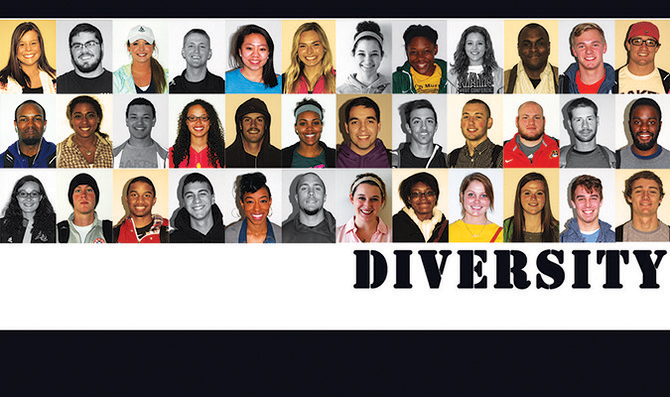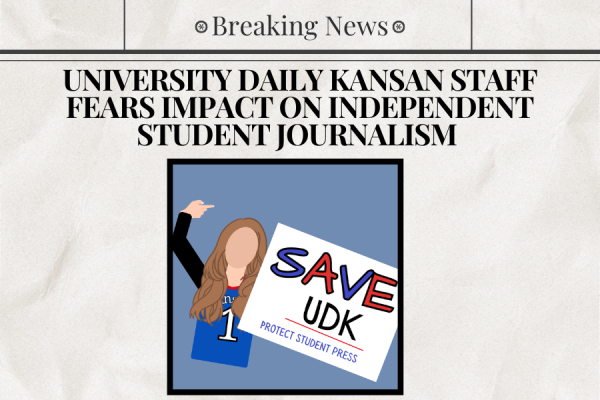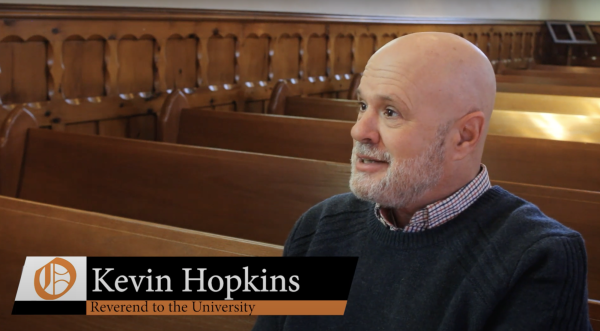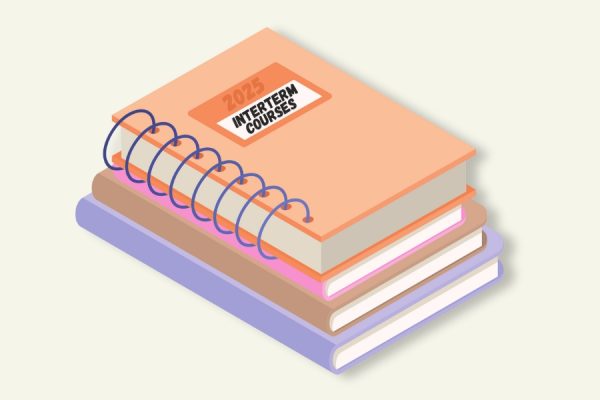What would a diverse campus look like?
As the president of Mungano, BU’s student-run diversity organization, junior Ty Sloan often has trouble finding others who are willing to hold honest conversations about issues of race, politics and sexual orientation.
She finds value in working and learning from others and believes that in its simplest sense, diversity means to appreciate and accept “all the different levels for what somebody can be.” However, she said it is only when her peers are comfortable holding open discussions that Baker will truly be diverse.
“The best knowledge is knowledge that’s real life,” she said. “Anybody can look online and read something, but to actually talk to somebody and make that connection is so much more enlightening, and it sticks with people better.”
Defining diversity can be a difficult task. Even using common terms such as ethnicity, geographic background, race, socioeconomic status and sexual orientation can blur the meaning.
“That’s one of the challenges with diversity,” Senior Director of Admissions Kevin Kropf said. “We like to say we know it when we see it, but I don’t think that’s fair because a person’s experience, where they’re from, what their family’s financial situations are, you can’t see that just by looking at someone. And to think that diversity is just by what you see really, really short changes the valuable contributions that each and every one of us bring from a diversity standpoint.”
Although Baker values accepting students, faculty and staff for more than their physical characteristics, Director of Multicultural Affairs Teresa Clounch said that for research purposes, it’s easiest for universities to look at diversity from an ethnic perspective.
“For so many factors within higher education, and when we think about a director of multicultural affairs or an office of multicultural affairs, I think the basic (factor) is … ethnicity,” Clounch said. “And with the report from our fact book and from the census, that’s where it’s easiest to gather the numbers and to do some comparisons.”
Baker’s fact book, which provides annual data reports from within the university, shows an increase in diversity over the last five years. In fall 2009, more than 81 percent of students were white, but in August, that majority dropped to 76 percent. The institution’s Hispanic population has seen the most significant increase in this five-year period. Only 14 students who identified themselves as Hispanic attended Baker in fall 2009, but at the beginning of this academic year, BU had 43 Hispanic students.
While these numbers are important for cultural awareness, some members of the Baker community believe they don’t tell the whole story. Mungano, Baker’s student diversity organization, strives to educate the student body that diversity means more than just ethnicity.
“I think diversity, in essence, is being able to be who you are and accepting everyone for who they are and all the different levels for what somebody can be,” Sloan said. “Being able to talk to somebody who is from a completely different background and being able to accept that you’re different, and that we might not be able to see eye-to-eye, but to be able to accept that is being diverse.”
Junior Melinda Hipple, a non-traditional student who began her first semester in fall of 2012 when she was 58 years old, believes Baker lives up to its value of inclusiveness.
“I think Baker does a pretty good job of including all nationalities, all age groups … disabilities included. I’m not sure what else would be missing,” Hipple said.
Related Column
BU shows growth in Hispanic population
Just one more
In 2012, Baker set a goal of increasing enrollment to maximum capacity by 2020. With its aspiration of bringing 1,000 students to the Baldwin City campus, the Office of Admissions wants potential students who are prepared to be successful rather than recruiting to regional and national benchmarks of diversity.
“There’s always a question you could ask – ‘Do we have enough of?’ I’d like to say the answer is always no. I’d like one more of whatever category you want because we are trying to grow enrollment here,” Kropf said. “Maybe if we get over 1,000 students, we won’t want just one more. But right now we want just one more.”
Although Kropf finds value in a diverse campus, the Office of Admissions does not explicitly target ethnically diverse students.
“We don’t specifically go out there and say ‘wow, we need to find more African-American students or more Latino students.’ We need to find more students who are prepared to be successful at Baker,” Kropf said. “We want that to be a diverse group, and I think it will be because … the way we’ve targeted our communication plan, I think it is appealing to students of all ethnic backgrounds, of all sexual orientations, of all genders.”
With its increase in student ethnicity distributions from 2009-2013, Baker’s numbers are now more comparable to state and national numbers. When compared to the most recent statistics from the U.S. Census Bureau, Baker has a greater percentage of black, American Indian and native Hawaiian people. However, the university does fall behind in percentage of students who identify themselves as Asian, Hispanic or two-or-more races.
Sloan and other members of the campus community see this trend but still believe there is room for improvement.
“I feel like we are making progress. (But) there’s a lot of things that could be different,” Sloan said. “I still feel like I sit with the same people every day — that’s not diversity. I feel like there’s a lot of things that could still be learned, and I feel like that’s on everybody’s part.”
Embracing the challenge
For senior Joshua Fairley, a perfectly diverse campus would be a community of individuals finding common ground.
“To me, I think that (it’s) people from different cultures, and backgrounds, and ages … just coming together and appreciating their differences,” Fairley said.
Leonard Ortiz, associate professor of history, is concerned about faculty diversity. According to the Baker fact book, just two faculty members identify themselves as black and only one identifies as Hispanic.
“I think a perfectly diverse campus would focus more than what we often think of as diversity, as just color, but also different ideas, beliefs, lifestyles,” Ortiz said. “And not only would it be manifested through the student body, but also through faculty. If we had a much more diverse faculty for our students to kind of emulate and look at as role models, to me, that’s an idea of a perfect, well-rounded, diverse campus.”
Assistant Professor of English Tamara Slankard, who teaches multiethnic literature courses, also said recruiting diverse faculty members is an area of opportunity for Baker. But she also realizes BU’s geographic location is a challenge for forming a more diverse campus.
“Looking at the surrounding region suggests that Baker is never going to be a perfectly diverse campus. We’re not in the middle of Los Angeles. We’re not in the middle of New York City,” Slankard said. “So I think what it means for us is that we have to create an environment, which encourages and respects the inclusion of as many different kinds of people as we possibly can.”
Additional interviews by Xiomara Nunez and Jim Joyner.







